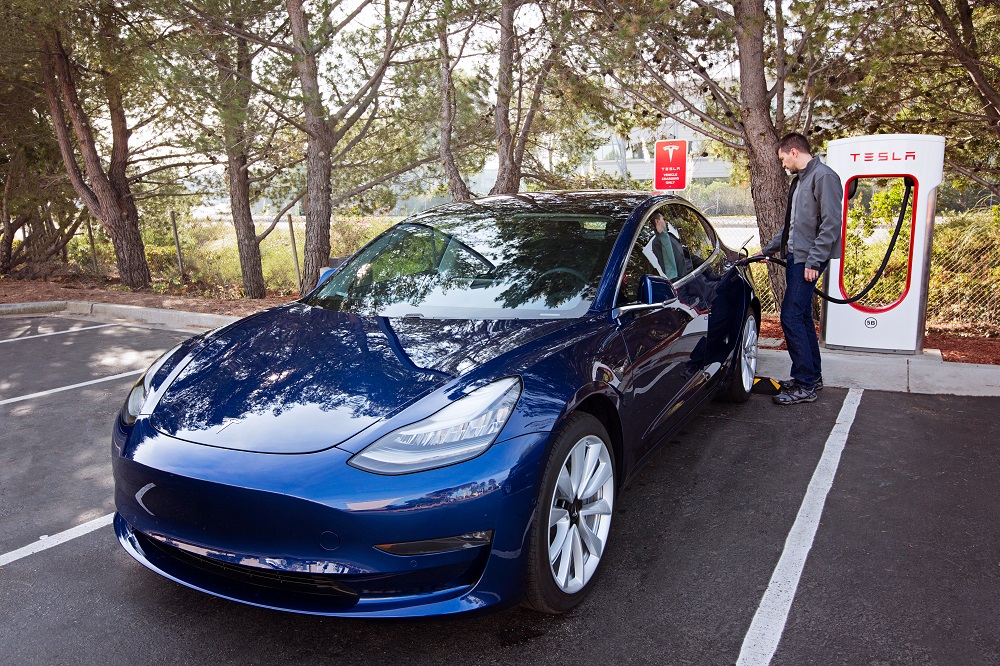GENERATIONS of motor mechanics have kept Western Sydney’s car population on the road with skills learnt over decades and vast knowledge of everything from faulty water pumps in Fords to timing chains problems in Holdens.
They often learnt their skills from their dad and proudly displayed their heritage with a set of 20-year-old overalls covered in oil.
Now, all that is about to change as the motoring public is dragged kicking and screaming into the new Electric Vehicles age.
Nearly 50,000 car mechanics in NSW are not skilled enough for the electric vehicle revolution, according to the Motor Traders’ Association of NSW (MTA NSW), which is calling for the state government to help foot the training bill for small automotive businesses.
The MTA NSW puts the cost of upskilling the automotive repair and service industry in preparation for the uptake of EVs at $100M — a hefty bill considering 97% of the industry is SMEs.
The association said any automotive business that works on EVs must undertake specific safety training to fulfil its obligations under Section 19 of the Work Health and Safety Act 2011, noting EV batteries are of high voltage of between 400 and 800V DC.
The problem is, the cost of a full EV training course can be up to $3000 a person, which doesn’t include the outlay of additional infrastructure and space required for servicing EVs.
“Our industry is already battling a skills shortage and as we face arguably what is the biggest transition in our sector’s history, it’s crucial that specialist training in electric car and battery maintenance is prioritised to ensure the safety of everyone that works on an EV as well as to mitigate driver risks,” MTA boss Stravros Yallouridis told media.
All this comes as the NSW government has vowed to increase the number of EVs on the road to 52% by 2030-31. But with approximately 40,000 electric cars sold so far in Australia and around 20 million registered cars on our roads, there’s a long way to go.
Almost 40% of new battery electric vehicle sales this year were Tesla Model 3 (8647 sales) and 25% were Tesla Model Y (5376 sales). Other top-selling models include the Hyundai Kona (897 sales), MG ZS EV (858 sales) and Polestar 2 (779 sales).
This is smart business
The Electric Vehicle Council’s Behyad Jafari said that skills and training are an important part of the country’s EV transition, and “we’re thrilled to see a number of institutions developing programs for the future of the automotive sector”.
“This is smart business, as more people buy EVs, there will be more commercial opportunities right across the value chain, including for technicians.”
However, a report from the EV Council suggested the vehicles actually need far less maintenance than their petrol counterparts. Of Tesla owners surveyed, 65% of respondents said they do not have an ongoing maintenance schedule, as logbook servicing requires in a petrol-powered car.
Just 6% of respondents said they had their Tesla serviced every six to 12 months, 10% reported every 12-18 months, 8% every 18-24 months, and 10% reported seeing a mechanic every 24 months.
It may be because an electric motor is an enclosed unit that needs no regular maintenance and lasts between 15 and 20 years, according to RAC, with no spark plugs, leads, fuel and engine air filters, and belts that can need replacing in an internal combustible engine vehicle.
Out of the Tesla drivers who calculated their maintenance savings, two in five reported saving more than $1000 a year on repairs and servicing for their EV, compared to their previous petrol-run cars, the EV Council report notes.
The MTA is also calling for the NSW government to implement an end-of-life strategy for ICE vehicles and a statewide policy to ensure that the vehicles are disposed of sustainably.
In addition, the MTA says the government should prepare a recycling strategy for EV batteries too, which the association say can contain high levels of cobalt, copper, zinc, and lithium.
It comes as the Federal Government prepares to launch its National Electric Vehicle Strategy, which aims to drive up EV sales in Australia by incentivising car-makers to direct more supply of low-emission vehicles to the local market.
Mr Jafari described the strategy as “well overdue” after decades of inaction from successive Coalition governments on implementing fuel efficiency standards to encourage car makers to produce EVs.
It’s led to Australia becoming a global laggard in the technology. Of about 300 EVs on sale in global markets, only about 30 are available here right now, and less than 20% of vehicles sold had a purchase price below $65,000, though both are set to improve drastically.
The Albanese government’s strategy is a sign that Australia is finally “taking a holistic approach to ensure we are prepared to benefit from an accelerated shift to electric vehicles”, Mr Jafari said.
Source: SmartCompany





